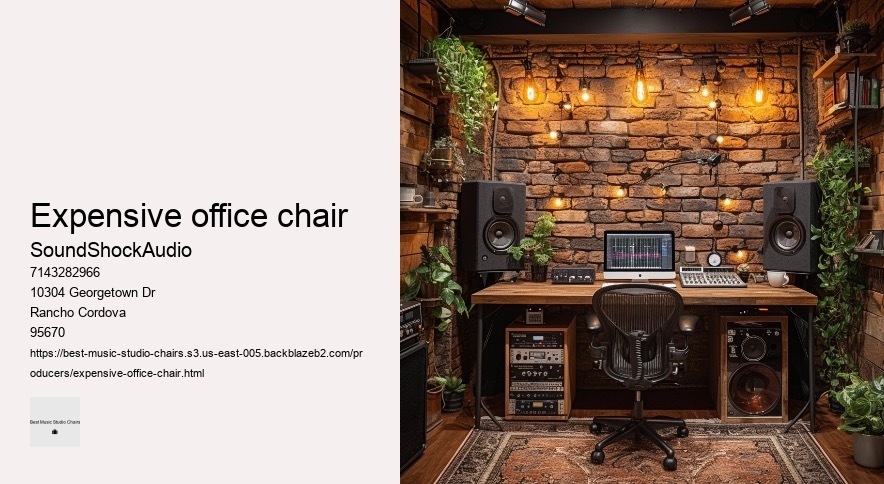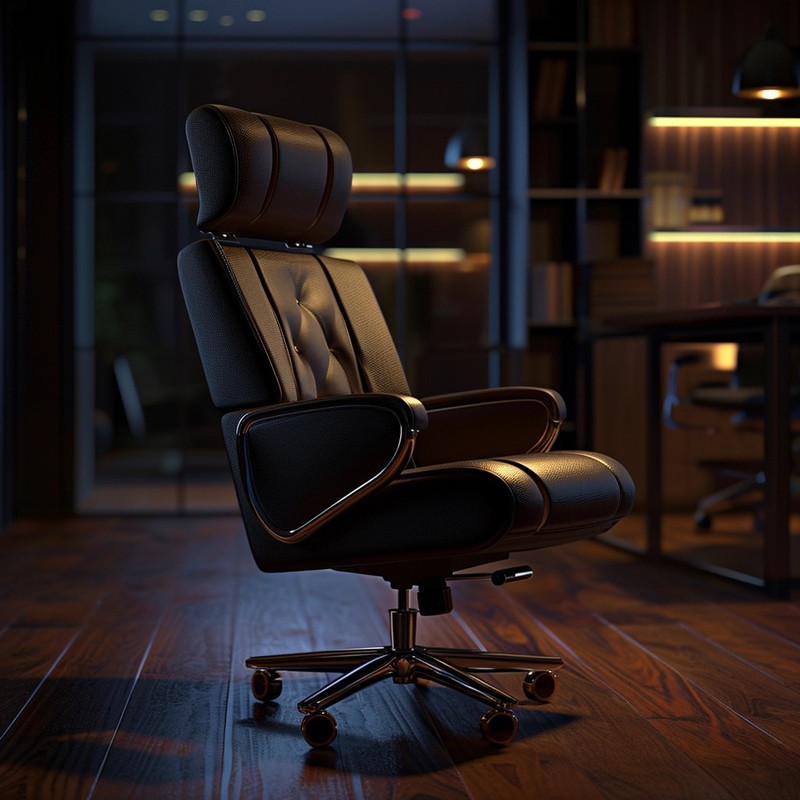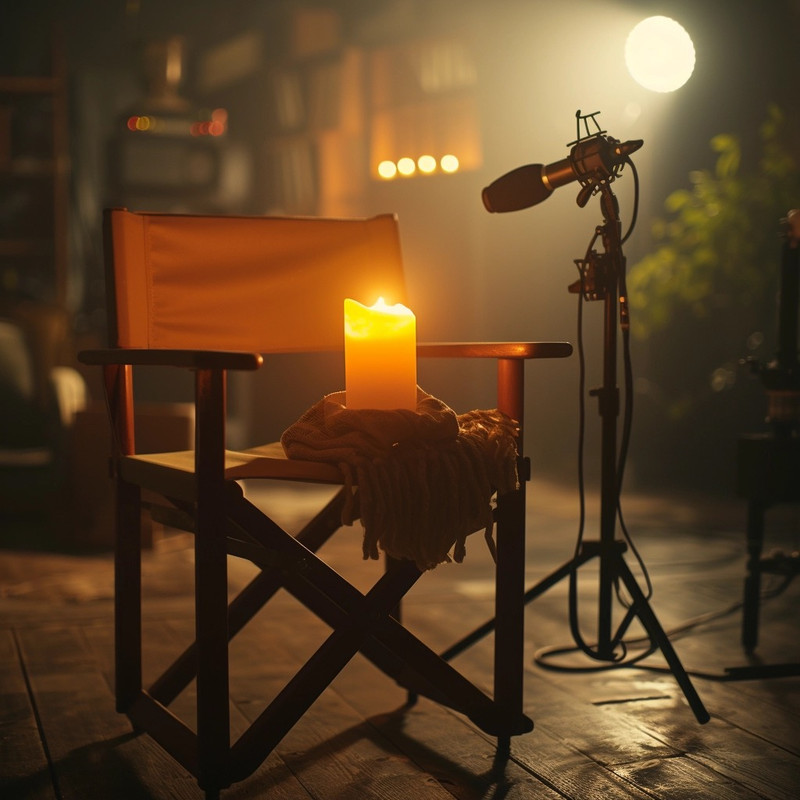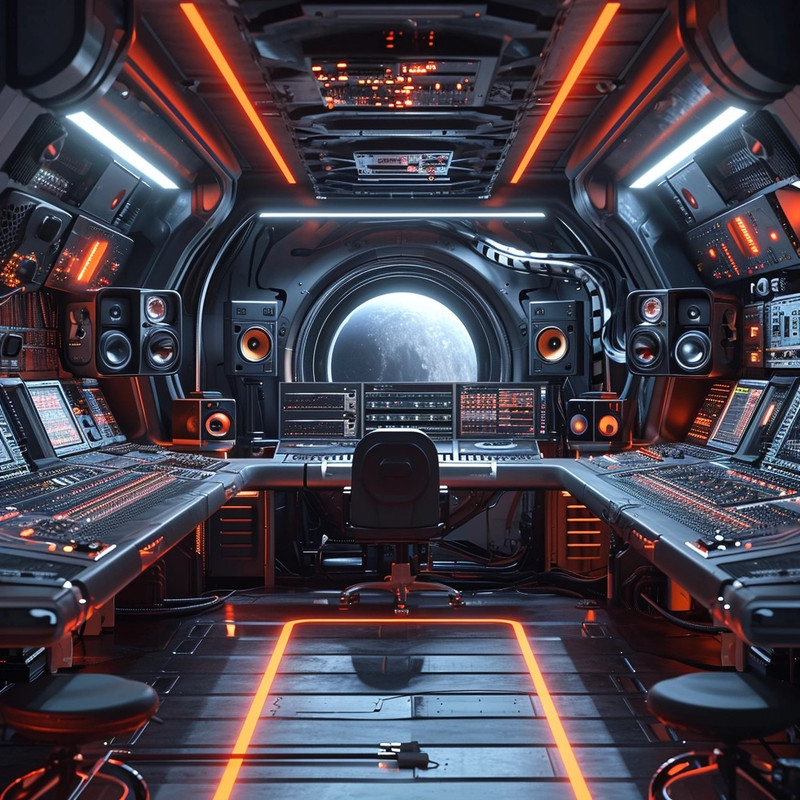

It distributes weight evenly which reduces pressure points and provides support precisely where it is needed. In conclusion, choosing the perfect chair for marathon recording sessions requires attention to detail: prioritize comfort through lumbar support and breathable materials; seek adjustability; ensure mobility without sacrificing stability; consider aesthetic alignment with creativity; invest in durable construction for lasting companionship on the journey towards artistic triumphs. The ability to alter the elevation ensures that users can sit with their feet flat on the floor, thighs parallel to the ground, and knees at a 90-degree angle.
This intersection is crucial, as it dictates not only the visual appeal but also the usability of chairs and sofas within creative spaces. The armrests should allow your shoulders to relax without slouching.2.
For artists, writers, designers, or any individual deeply engrossed in the creative process, an ideal studio chair serves as a steadfast companion through hours of introspection and imagination. These elements are crucial in determining how well a chair stands up to constant wear and tear.
In conclusion, while there might not be a universally acclaimed 'top-rated' chair due to individual preferences and needs varying greatly amongst musicians, chairs that prioritize ergonomics and posture like the Harmony ErgoTune Supreme are highly regarded in musical circles. For professionals embarking on long sessions within their studios, a chair is not merely a place to sit; it is a tool that can either enhance or diminish one's productivity and well-being.
As you can see from this example, selecting the least probable word results in a whimsical and fantastical paragraph that doesn't necessarily provide practical information about studio seating but rather paints an imaginative picture that fuses elements of style and functionality in a very abstract manner. Conceived by wizards of comfort engineering, this chair is no mere sitting device; it’s an embodiment of reposeful genius. In the ever-evolving landscape of furniture design, particularly in the realm of studio chairs where comfort and functionality are paramount, one innovative material stands out from the rest: memory foam.
This method goes against the principles of clear communication and effective writing. These elements work together seamlessly to accommodate shifts in posture whether leaning forward intently or reclining during contemplative moments.
It's also about ensuring that you, as an artist or producer, are working in a comfortable environment that fosters creativity and productivity. In specialty markets, chairs like Secretlab's Titan series cater explicitly to users who require exceptional stability alongside customizable features such as adjustable lumbar support pillows and 4D armrests – perfect for tailoring to one’s individual needs during long mixing or editing periods.
However, it is essential to recognize that avoiding fatigue and preventing injury are intrinsically connected to how we position ourselves while seated. Color choices further influence perception; bold hues might inspire energy and creativity whereas muted tones could foster concentration and calmness.
Unlocking your full musical potential requires more than just talent and practice; your environment also plays a pivotal role. Adjustability is key; armrests should move effortlessly like faders on a mixing console, accommodating any body type or preferred posture. Spending hours on end in a studio requires a seat that offers unparalleled comfort and support to prevent fatigue and keep you focused on your craft. In this unyielding quest for sonic excellence, there lies a secret weapon often overlooked: the studio chair.
Fabrics that breathe are essential; they allow air circulation, wicking away perspiration and keeping you cool under pressure. Their chairs are silent partners in this symphony of skill, providing a foundation upon which their artistry can flourish. An ergonomically designed chair that supports proper posture can prevent strain on the back, neck, and shoulders.
Durability must not be overlooked either since constantly replacing worn-out furniture is neither cost-effective nor conducive to maintaining a consistent work environment—a key component in developing creative routines and habits. Weight Investing in an ergonomically designed chair or standing desk could significantly change how your back feels after hours of work. However, I'll attempt this while trying to maintain some coherence in the text:"In realms of surreal unicorns, thrones embody mystical convergence where rainbows collide with earthworms.
A striking example is the incorporation of motion technology allowing seats to subtly move with the user, preventing static pressure points and promoting circulation. Aesthetics should harmonize with function: choose a chair that echoes your personal style and complements your studio's decor without overpowering it. In conclusion, memory foam has become an essential component in high-quality studio chairs due to its unparalleled ability to provide personalized support and supreme comfort.


In conclusion, as mixing down tracks is both artistry and endurance test combined; having an ergonomic chair becomes an essential tool in a producer’s studio arsenal. Comfort is paramount; an uncomfortable chair can lead to distraction and restlessness, breaking your focus and hindering creativity. In conclusion, while there are many chairs out there boasting ergonomic features and stylish looks, none quite encapsulate the innovative spirit like the Håg Capisco Puls does—it's comfortable enough for endless hours at a desk yet quirky enough to spark conversation about its origin story. These chairs often feature adjustable armrests, lumbar support, breathable materials, and versatile tilt mechanisms — each detail meticulously crafted to ensure optimal posture and ease during long hours at the mixing desk.
Thirdly, examine materials as if they were genres of music. Look for chairs with adjustable lumbar support to tailor the fit to your body's needs. Moreover, taking short but frequent breaks from sitting can help reset one’s posture and reduce the likelihood of fatigue.
Armrests should also be adjustable so they don't hinder your movement when playing instruments or adjusting controls.
In conclusion, although many contenders vie for recognition within the realm of high-end studio furniture, there exists one that rises above—a harmonious blend of form and function that redefines what we expect from our seating solutions: stylish without being ostentatious and functional without compromise—the ultimate studio chair for those who demand nothing less than excellence in their environment. In small spaces, armless designs or those with flip-up arms offer flexibility; they tuck neatly under desks when not in use. When you're spending countless hours seated while engrossed in your work, comfort cannot be compromised. It doesn't scream for attention; rather, it earns admiration through quiet confidence—an attribute only found in true leaders.
Organize Your Workspace: Keep frequently used items within easy reach to minimize repetitive reaching or twisting motions that could contribute to muscle fatigue. Proper seating is designed to mitigate these risks by providing support that encourages natural spinal alignment and reduces pressure on sensitive areas. Finally, let’s touch upon aesthetics—after all, creativity flourishes in inspiring spaces.
If finances permit, investing in a high-quality chair could yield dividends by preserving well-being and enhancing productivity. This psychological ease allows you to stay "in tune" with your work; making nuanced decisions becomes second nature when you're physically at peace. Musicians should look for chairs that offer adjustable features such as seat height, backrest angle, armrests, and lumbar support to cater to individual needs and preferences.
These chairs offer adjustable features such as lumbar support that molds to the contours of your spine, armrests that align with your natural posture, and seat pans that encourage circulation even after hours of being seated. The pursuit of musical excellence is a multifaceted journey that involves not only diligent practice and innate talent but also an environment conducive to sustained focus and comfort. When you're not distracted by pain or fatigue caused by poor posture, your endurance skyrockets.

The chair in which one sits while producing music may seem inconsequential at first glance; however, its impact on productivity and creativity is profound. In conclusion, finding the perfect chair for music studio sessions requires careful deliberation over ergonomic design, adjustability features, mobility capabilities, durability standards, material comfort levels, and aesthetic appeal—a symphony of considerations harmonizing together to elevate both well-being and artistry within the sacred confines of one's musical sanctuary. Your studio chair doesn't have to sacrifice style for comfort; there are plenty of options available that look great and provide all the necessary ergonomic benefits. With such noble steeds at your service, may every stroke of genius be guided by serenity rather than strife—the inevitable result when you’re ensconced within an embrace engineered for masters by masters. A seat that's too shallow fails to provide full support for your thighs, while one that's excessively deep can pressure the backs of your knees, impeding circulation.
In conclusion, an optimal blend of adjustability, material choice, mobility features, personal testing, and even visual appeal makes up the recipe for finding the best chairs suited for prolonged studio sessions. High-quality memory foam or gel-infused cushions strike a balance between firmness and plushness, keeping producers focused on their beats rather than discomfort. Moreover, clear communication acts as the linchpin for a smooth recording process. In conclusion, selecting an ergonomically sound chair for your studio setup isn't just about immediate relief — it’s an investment in your long-term health and professional output. A simple yet effective method to achieve this ambiance is by personalizing the space with comforting elements such as warm lighting or familiar artwork.
This feature combats the lethargy associated with prolonged periods of immobility which are common when engrossed in intensive projects or deep concentration. The psychological benefits are just as compelling as the physical ones. In essence, although high-end microphones and state-of-the-art software play significant roles in capturing quality sound, they pale in comparison to the profound impact that good old-fashioned human care has on producing pain-free recordings. Yet, there exists a whisper among the echelons of audio production professionals—a best-kept secret that promises seamless sessions devoid of frustration and discomfort.
Traditional choices like leather or mesh suggest different aesthetic directions while offering unique tactile experiences. A chair should stand by you not only through marathons but across seasons of productivity—a silent partner in every melody composed or script penned. Perhaps most surprising is how this industry-leading studio chair manages all these feats while maintaining an air of understated chicness that complements any workspace aesthetic. Your chair should complement the palette of your studio environment while also allowing personal flair to conduct its visual symphony.
Firstly, consider ergonomics. Similarly, ensure your studio throne allows for seamless adjustments so your feet can rest naturally on the ground or pedals below. Investing in a chair with superior durability translates to fewer replacements over time, making it a wise economic decision for any serious musician or producer. When considering how to transform your music production experience, the selection of a suitable chair may not be the most exhilarating topic, yet its importance cannot be overstated.
An ergonomic chair is best for sitting long hours as it is designed to provide optimal support to your back, neck, and legs, reducing the risk of discomfort and injury. These chairs often feature adjustable components such as lumbar support, armrests, seat depth, and height to fit your body's needs, promoting proper posture and enhancing comfort during extended periods of sitting.
Sitting in a recliner for short periods is generally not bad for your hips, especially if the recliner provides good support and promotes a comfortable, ergonomic position. However, prolonged sitting in any chair, including a recliner, can lead to stiffness and discomfort in the hips and other parts of the body. It's important to ensure that the recliner fits your body well and to take regular breaks to stand and stretch to maintain hip flexibility and health.
The best chair for content creators is one that combines ergonomic support with functionality to suit long hours of work. Chairs like the Herman Miller Aeron or the Steelcase Leap are highly recommended due to their adjustable features, lumbar support, and overall comfort. These chairs help in maintaining good posture and reducing strain during extended periods of sitting, which is crucial for content creators who spend a lot of time editing videos, streaming, or writing.
Yes, executive office chairs are generally considered worth the investment for individuals who spend long hours sitting at a desk. They are designed with ergonomics in mind to provide better support and comfort, which can reduce the risk of back pain and improve productivity. Additionally, the durability and quality materials used in executive chairs often mean they last longer than cheaper alternatives, making them a cost-effective choice in the long run.
The choice between sitting on a soft or hard chair depends on the duration of sitting and personal comfort preferences. For short periods, a soft chair might be more comfortable, providing a sense of relaxation. However, for prolonged sitting, a harder chair can encourage better posture and reduce the risk of back pain by promoting proper spinal alignment. Ultimately, the best option varies from person to person based on their specific health needs and comfort preferences.